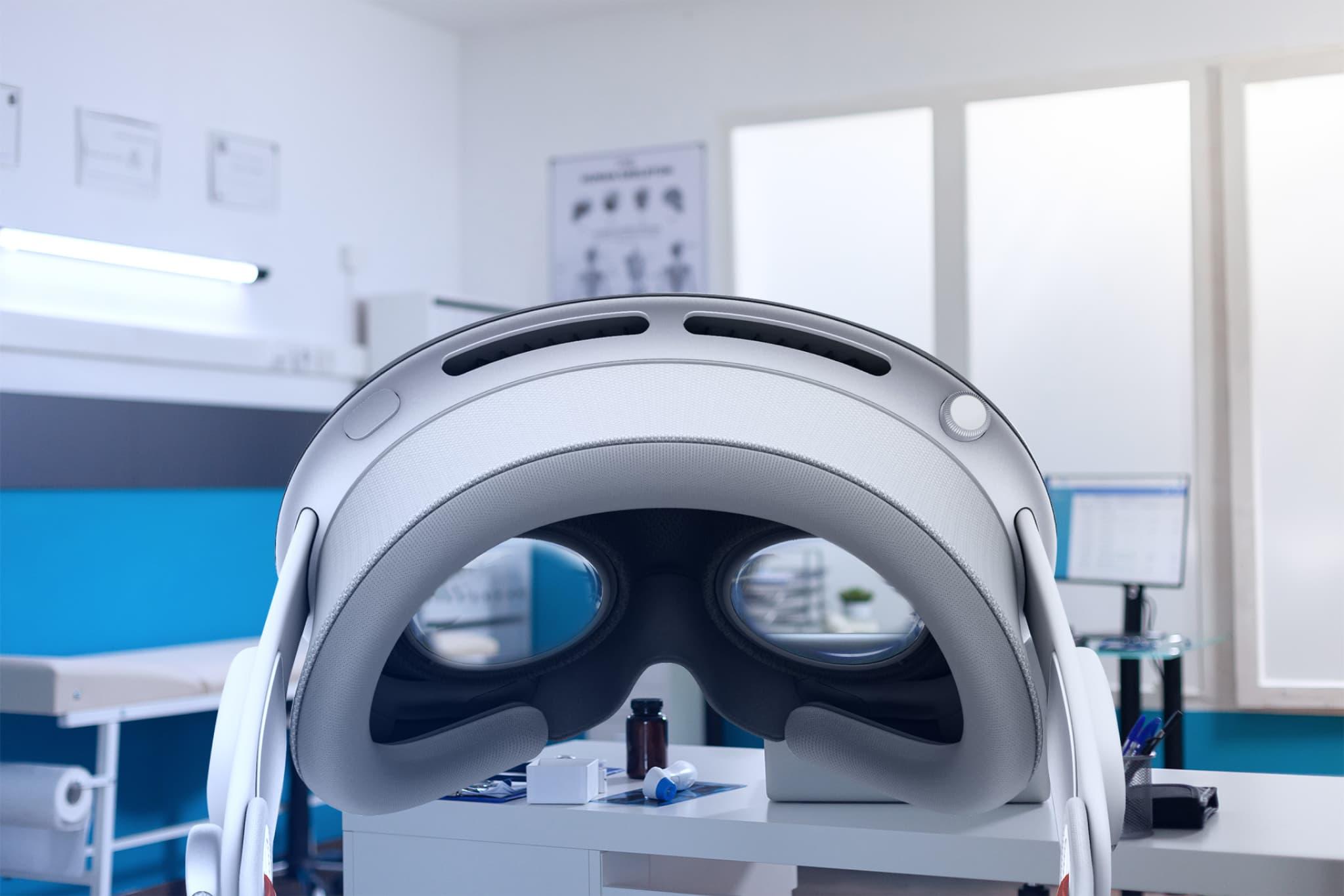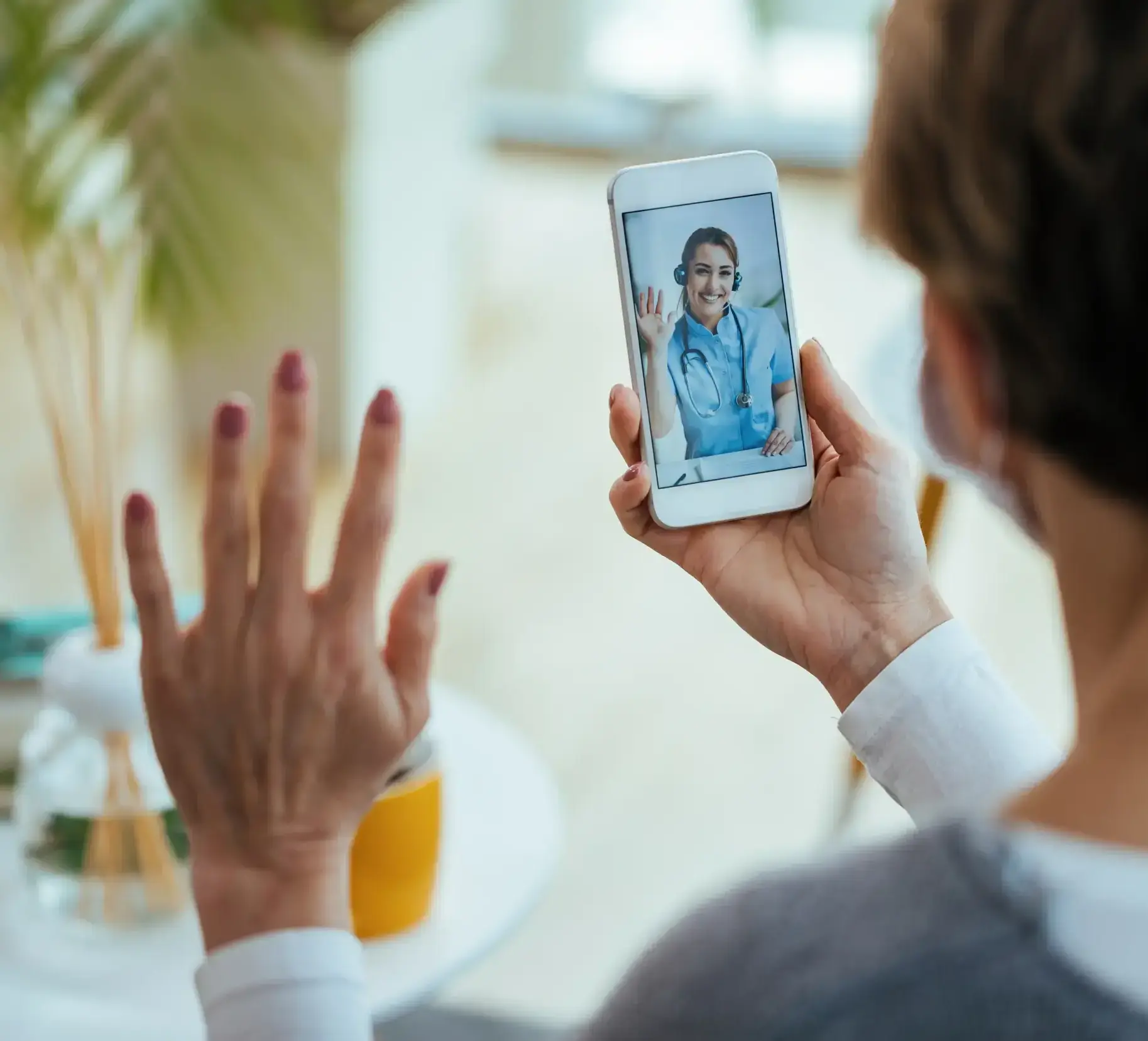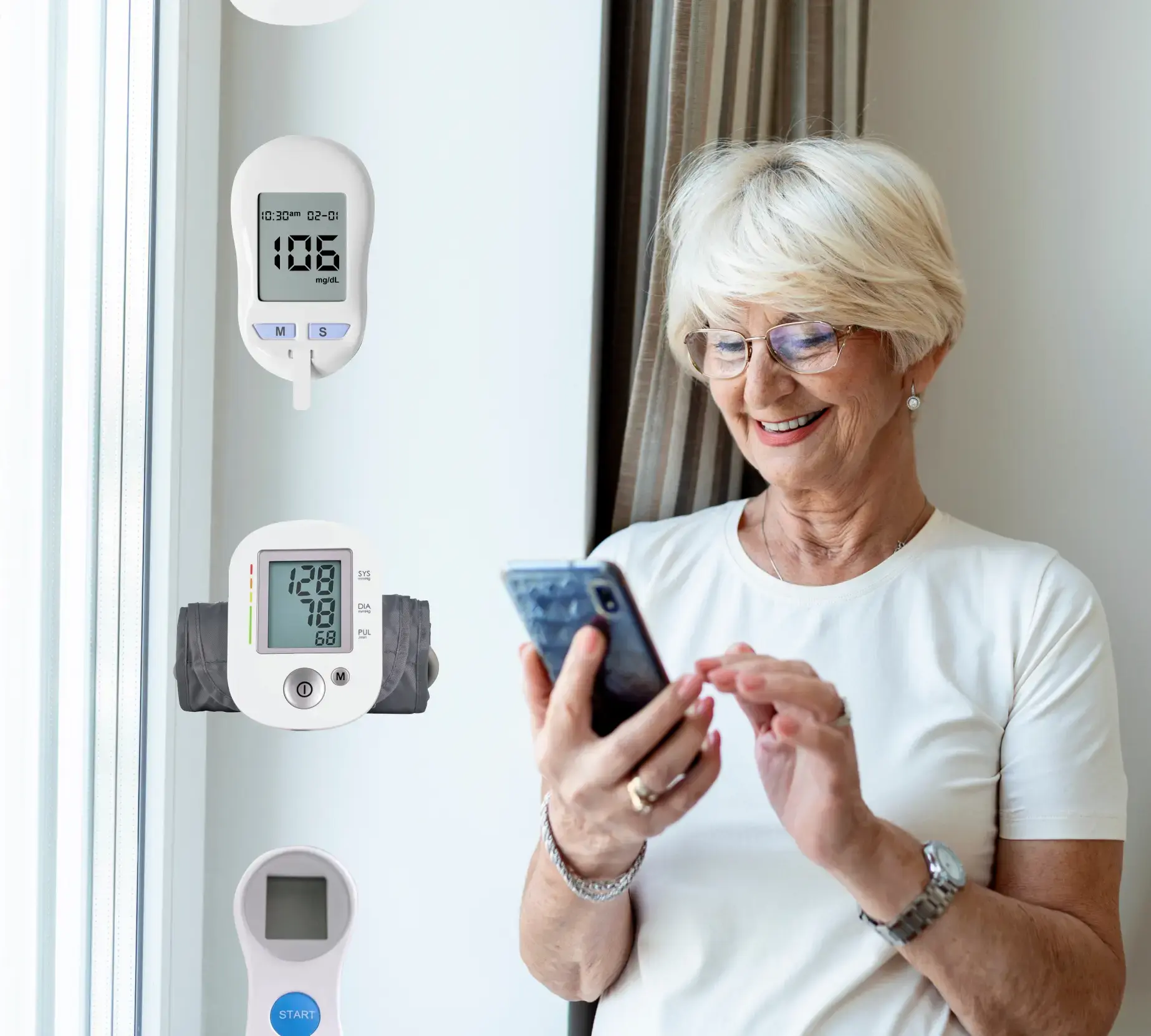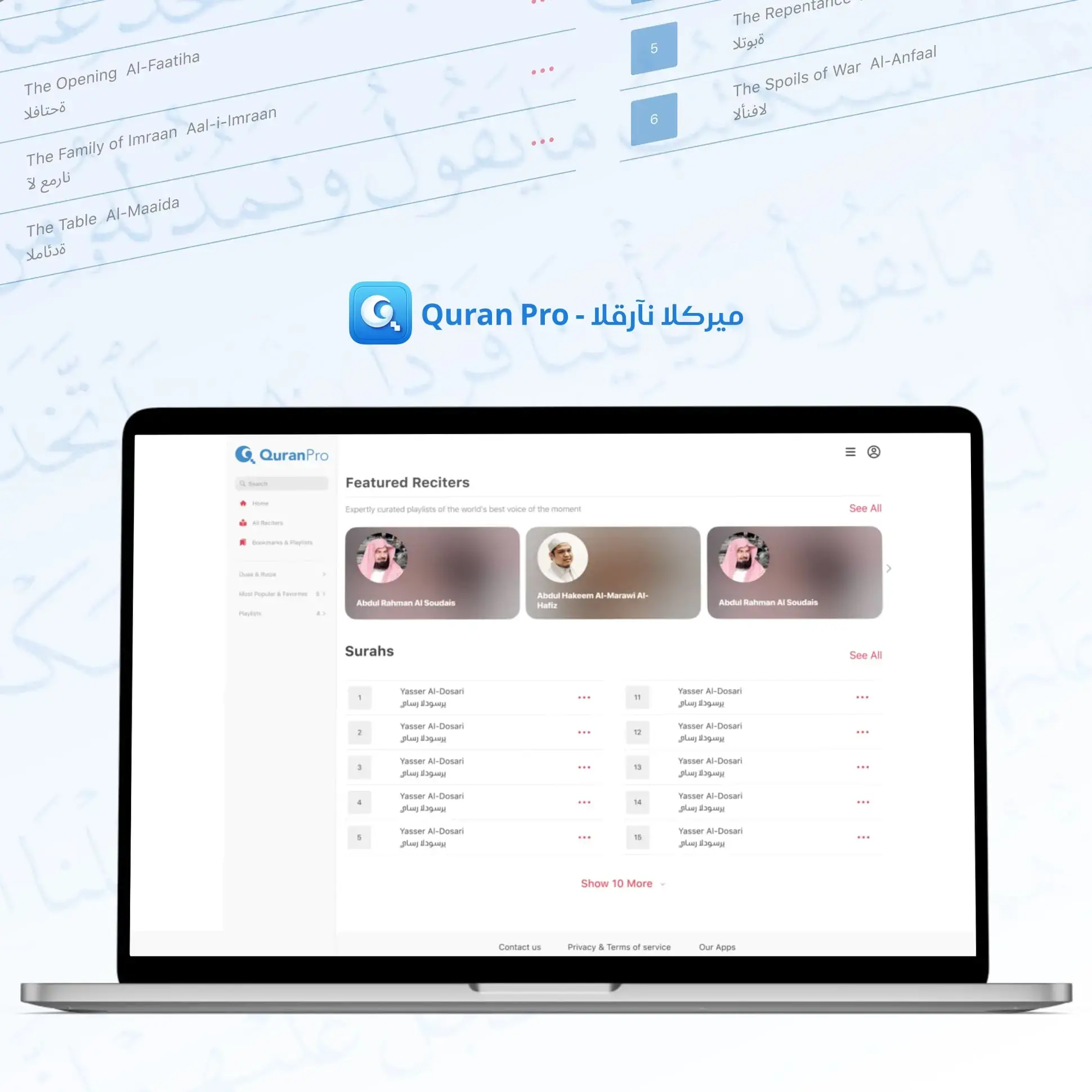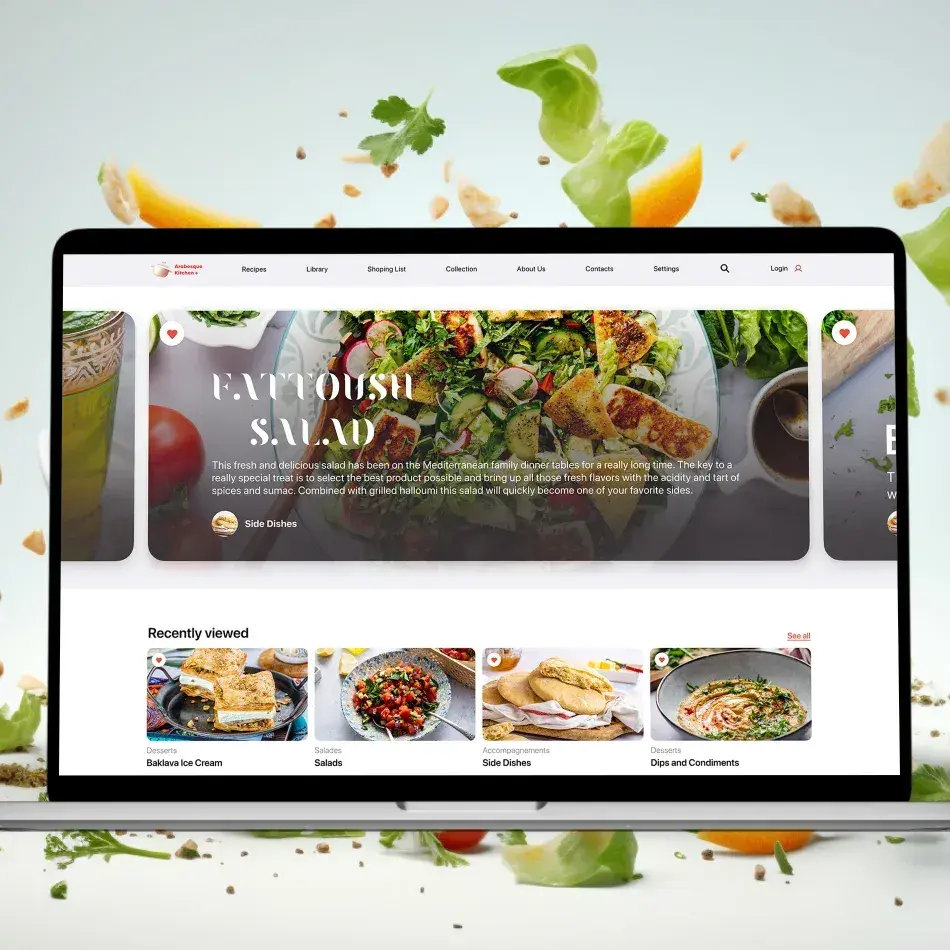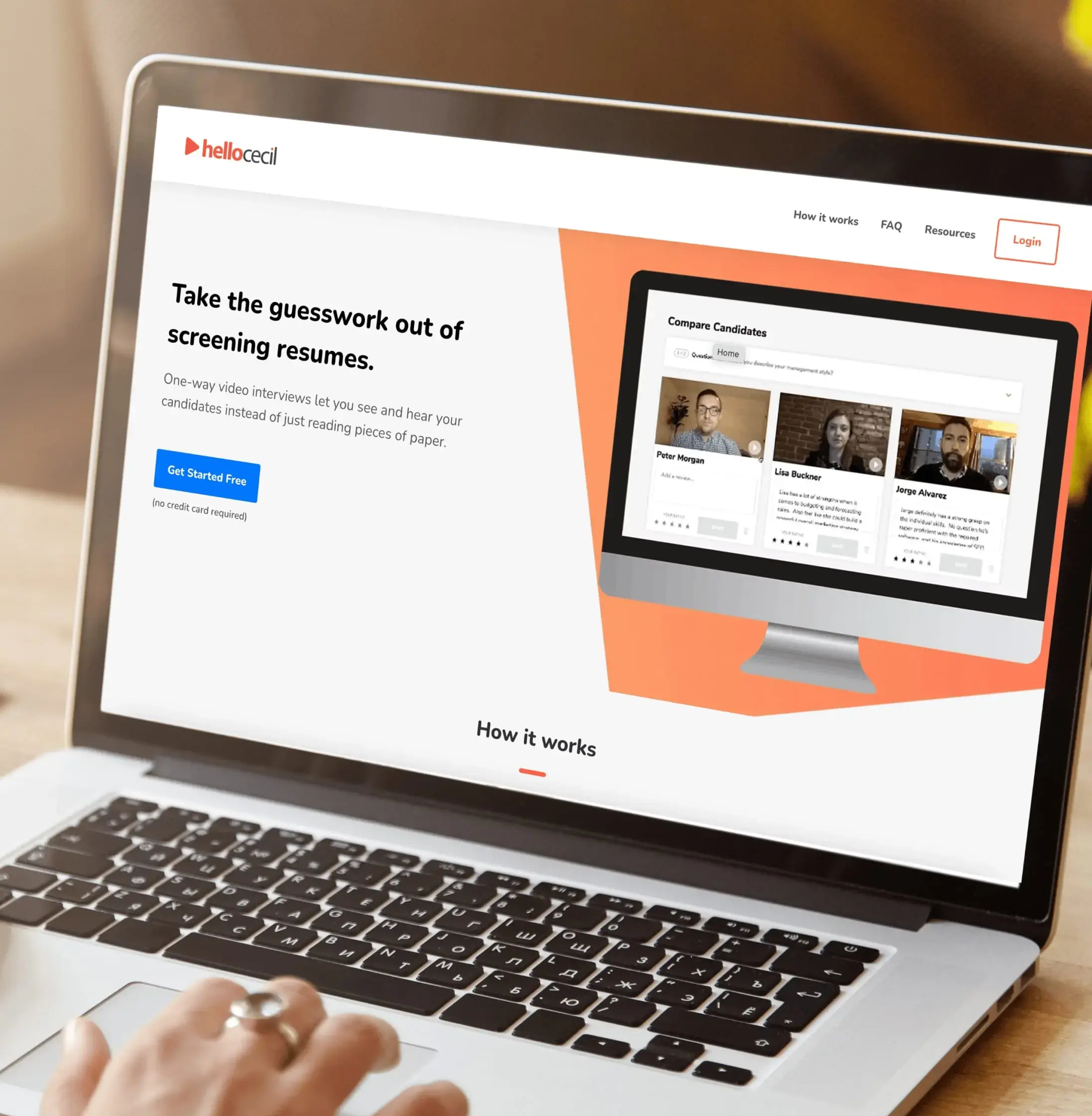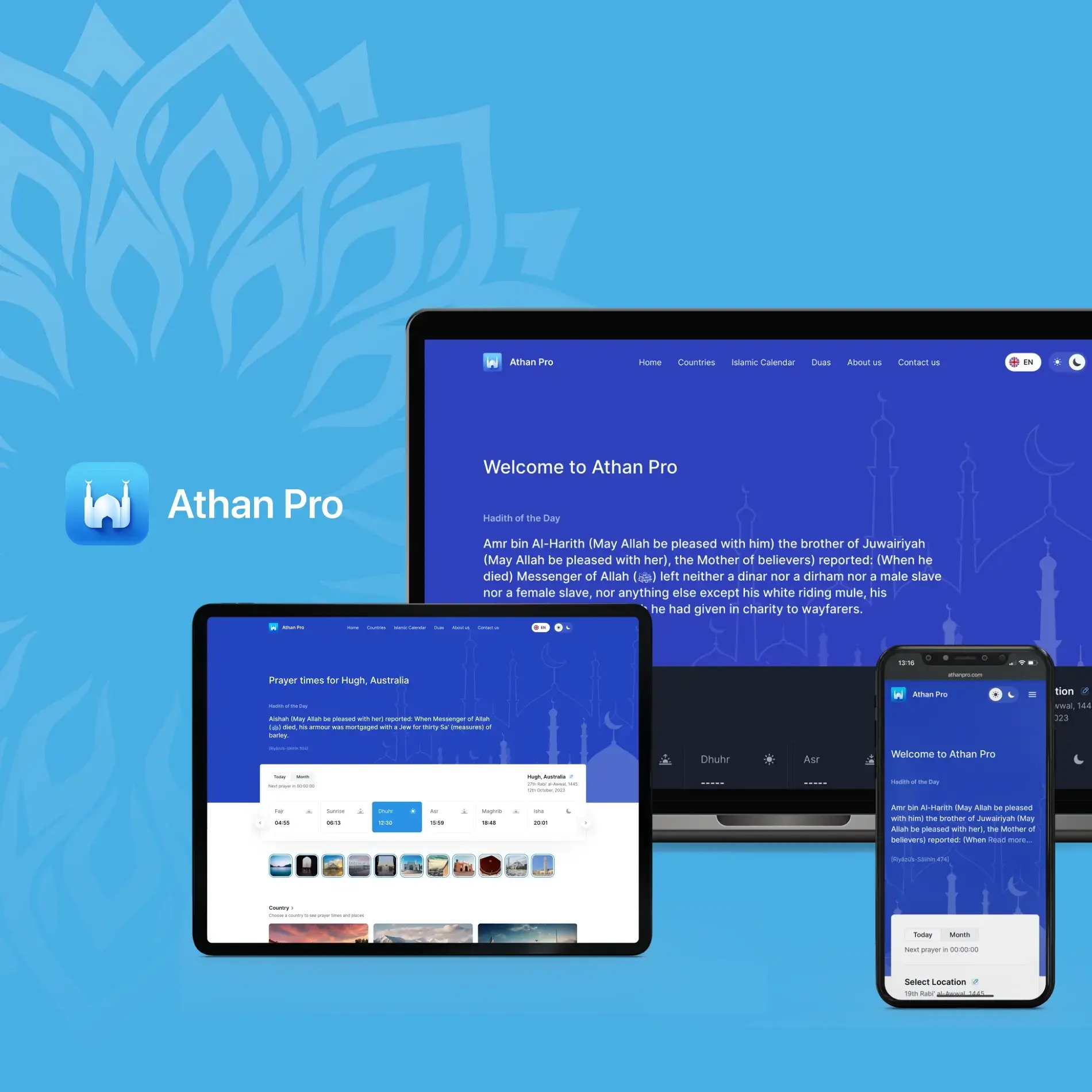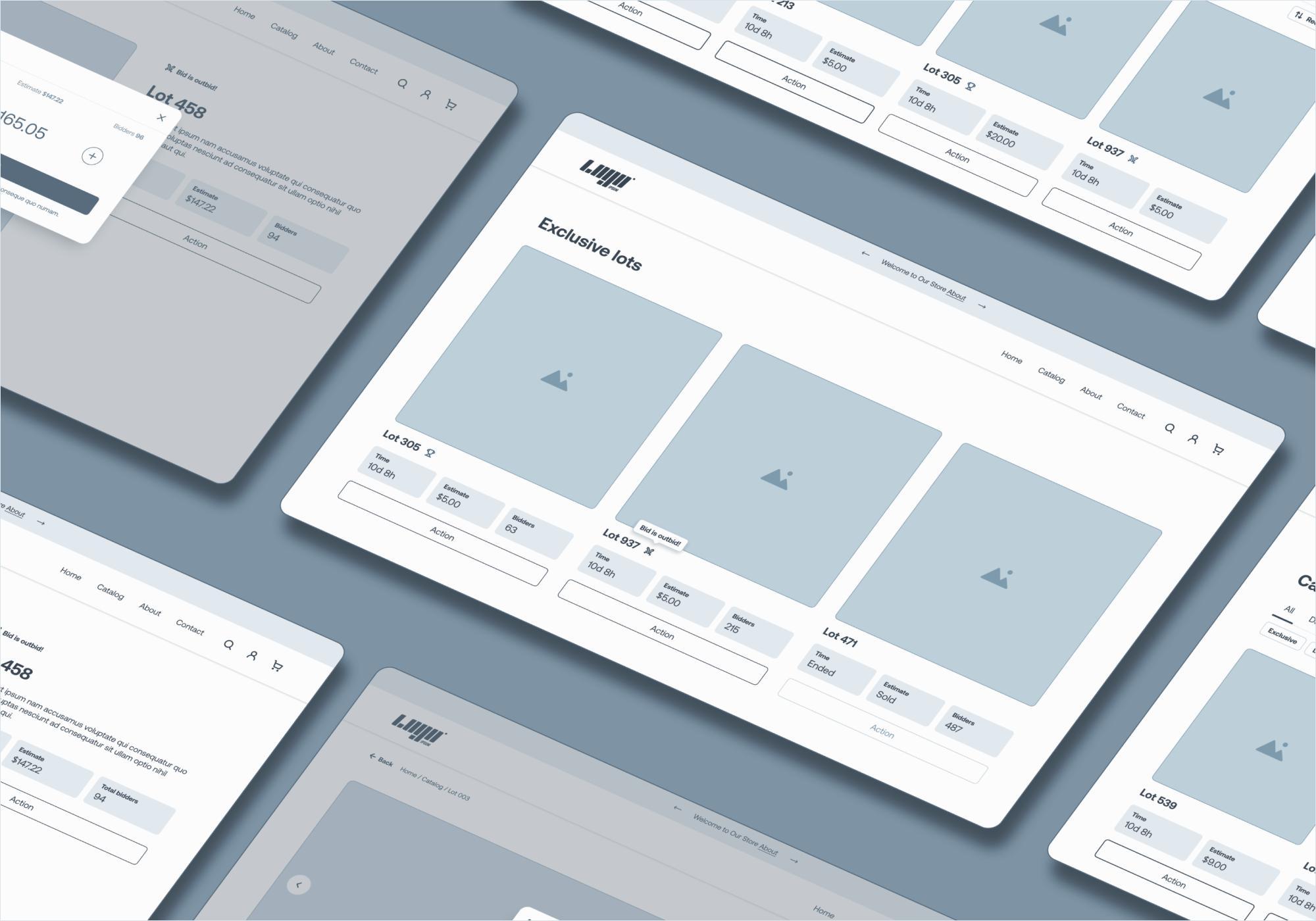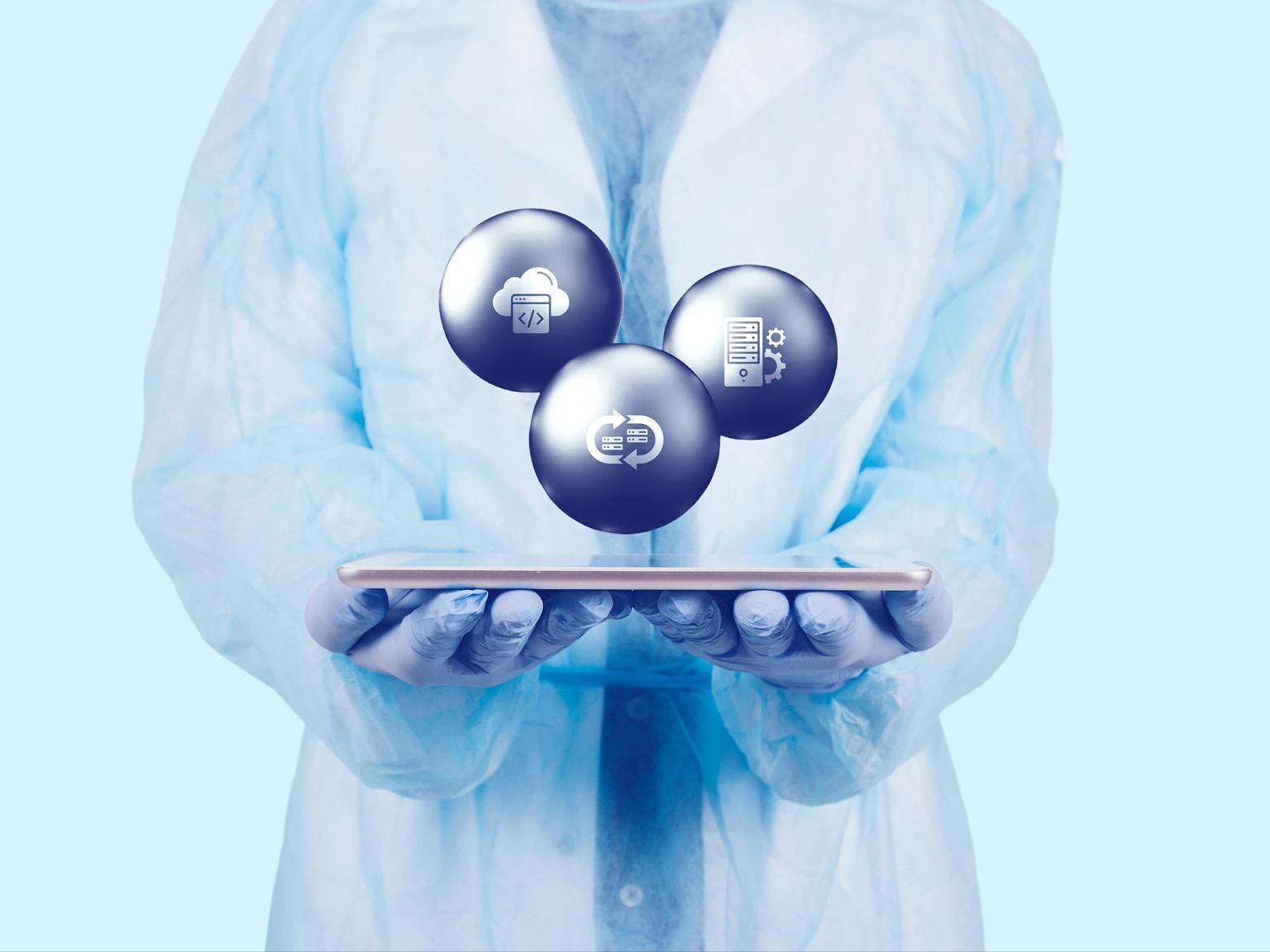Technology is transforming various industries, and healthcare is no exception. With the increasing demand for efficient healthcare services, there is a growing need for healthcare apps that can enhance patient care and streamline healthcare processes. Vision Pro, a cutting-edge device, is at the forefront of revolutionizing healthcare app development in 2025.
Understanding the Importance of Healthcare Apps for Vision Pro
Healthcare apps play a crucial role in Vision Pro, as they enable healthcare professionals to provide exceptional patient care while improving efficiency and effectiveness. These apps empower doctors, nurses, and other healthcare providers to access patient data, make informed decisions, and collaborate seamlessly. By harnessing the power of Vision Pro healthcare apps, healthcare organizations can enhance patient outcomes and deliver personalized care. 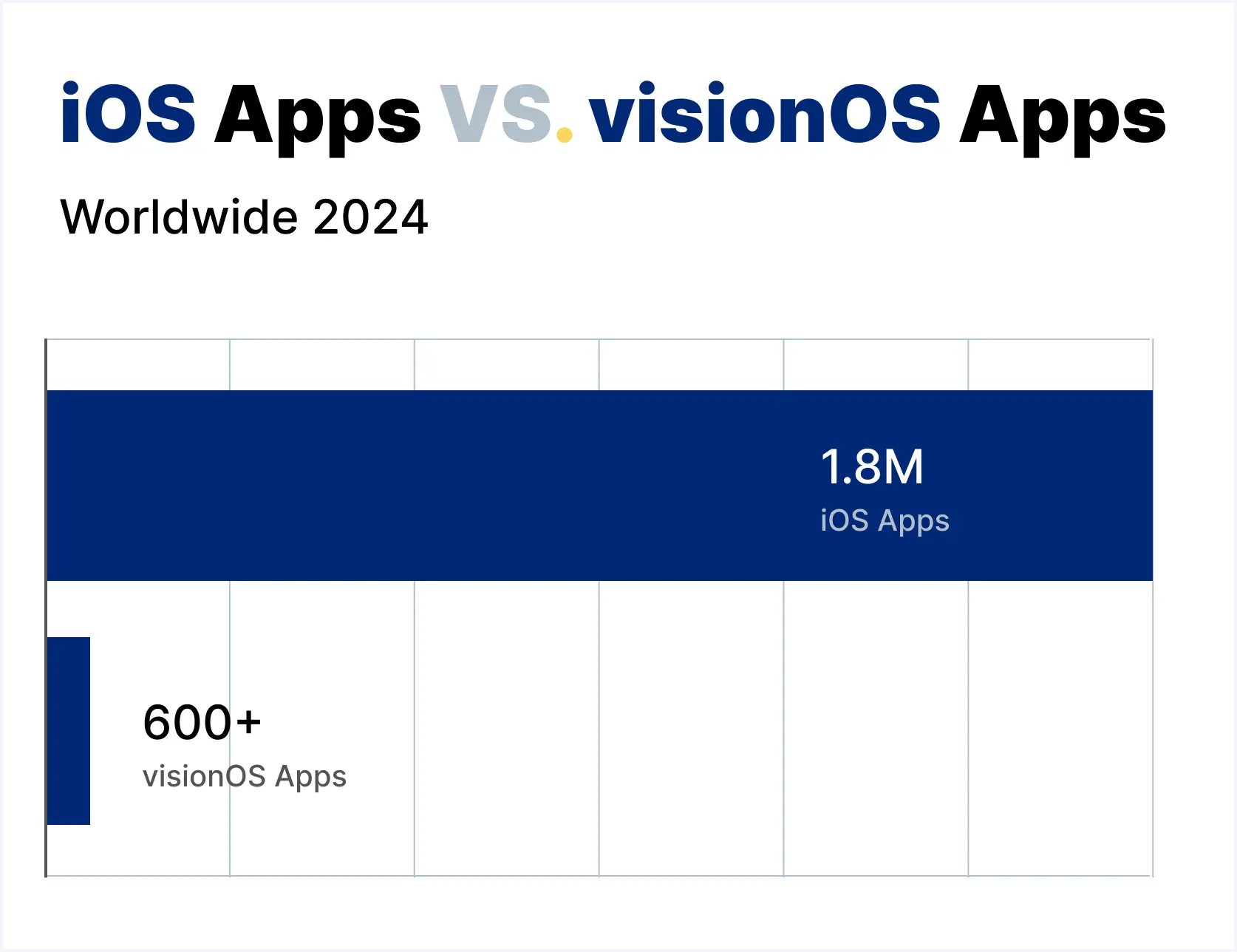 One of the key benefits of healthcare apps in Vision Pro is the ability to access patient data in real-time. With just a few moves (or without them!), healthcare professionals can instantly retrieve vital information such as medical history, allergies, and current medications.
One of the key benefits of healthcare apps in Vision Pro is the ability to access patient data in real-time. With just a few moves (or without them!), healthcare professionals can instantly retrieve vital information such as medical history, allergies, and current medications.
In addition to accessing patient data, visionOS healthcare apps also facilitate seamless collaboration among healthcare providers. Through secure messaging and file-sharing features, doctors and nurses can easily communicate with each other, share important updates, and discuss patient cases. This streamlined communication not only saves time but also ensures that all members of the healthcare team are on the same page, resulting in coordinated and efficient care delivery.
For example, to discover another intriguing feature of a digital avatar, you need to scan your face. You can learn more about scanning here. And these are the apps that allow you to communicate via video with your digital avatar:
When Should You Choose Vision Pro for Healthcare Apps?
The tool provides exceptional power but lacks effectiveness for all application scenarios. Consider this platform if:
- Your healthcare application depends on both real-time data visualization and 3D medical imaging to function properly.
- Your telemedicine application development requires immersive doctor-patient interactions through the innovative platform.
- The platform suits healthcare applications that need to provide doctors with hands-free operational capabilities for their consultations and surgical procedures.
- Your healthcare service specializes in either rehabilitation or radiology or mental health or another specific field which could profit from AR/VR solutions.
The goal of providing simple administrative functions or access to low-spec devices makes mobile/web platforms more suitable compared to augmented reality.
Definition and Overview of Healthcare Mobile Apps for VisionOS
Healthcare mobile apps for visionOS are software applications that run on Vision Pro, catering to various healthcare needs. These apps can be accessed from smartphones, tablets, or other devices, aiming to improve the delivery of healthcare services and enhance patient experiences. From telehealth solutions to electronic health record (EHR)/electronic medical record (EMR) systems and health informational exchange platforms, visionOS healthcare apps encompass a wide range of functionalities.
One of the key features of Vision Pro healthcare mobile apps is their ability to provide telehealth solutions. Telehealth refers to the use of digital communication technologies to remotely deliver healthcare services and exchange medical information. With Vision Pro apps, patients can easily connect with healthcare professionals through video consultations, allowing for convenient and efficient healthcare delivery, especially for those who are unable to physically visit a healthcare facility.
Types of Healthcare Apps
When it comes to healthcare apps, Vision Pro offers a variety of options, each designed to serve specific purposes and enhance the overall healthcare experience. Let's take a closer look at some of the types of healthcare apps available:
- Telehealth Apps: By facilitating remote consultations between doctors and patients, telehealth apps eliminate geographical barriers and enhance accessibility to healthcare services. Whether you're in a rural area with limited access to medical facilities or simply prefer the convenience of virtual visits, telehealth apps bring healthcare right to your fingertips.
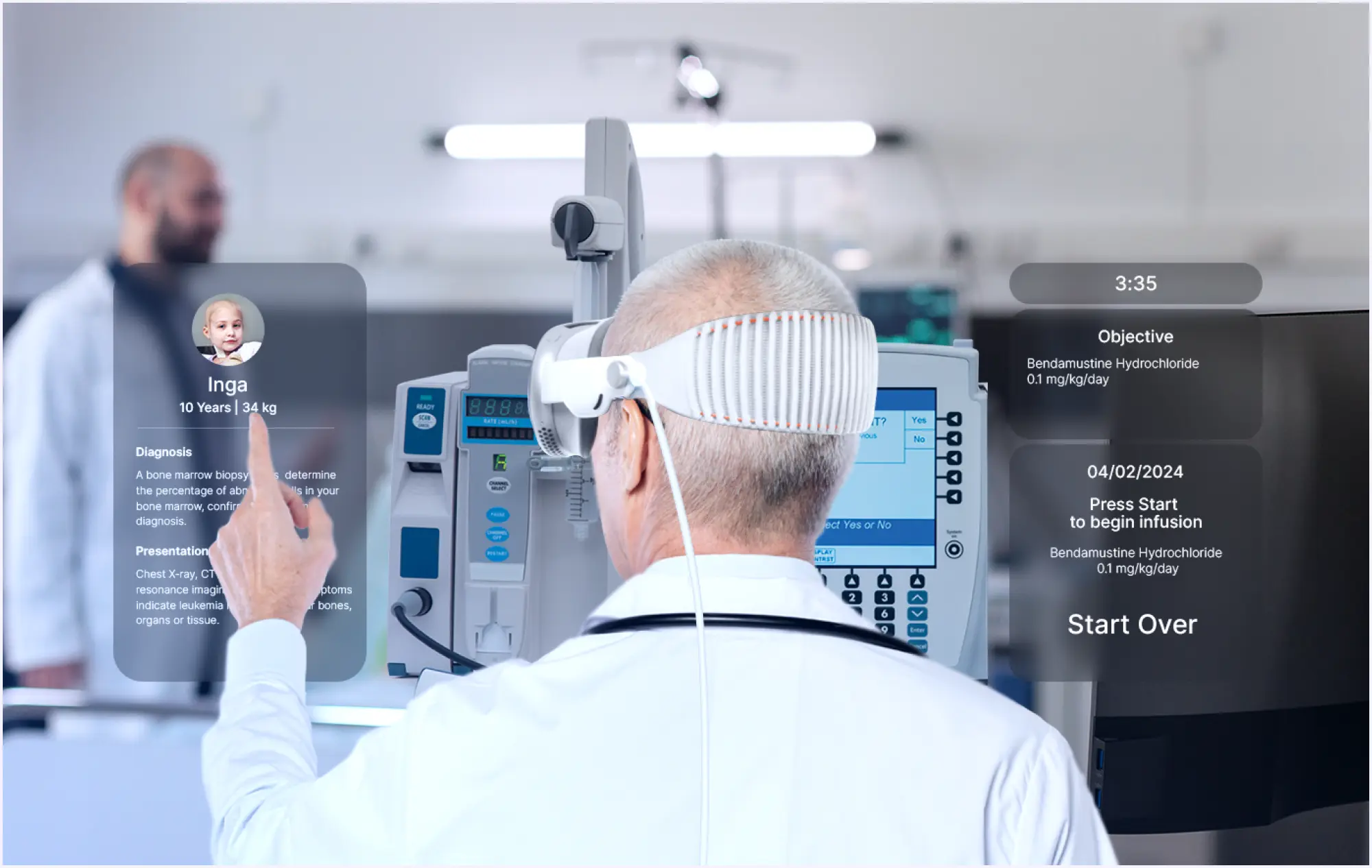 For example, this is what it might look like in reality. The doctor puts on his glasses, opens all the necessary data about the patient in advance: medical history, insurance, test results, ultrasound or X-ray results, places them around, and calls the patient. Right during the call, seeing all the data, the doctor can make notes, create new appointments, prescribe medications, and examine the patient.
For example, this is what it might look like in reality. The doctor puts on his glasses, opens all the necessary data about the patient in advance: medical history, insurance, test results, ultrasound or X-ray results, places them around, and calls the patient. Right during the call, seeing all the data, the doctor can make notes, create new appointments, prescribe medications, and examine the patient. - EHR/EMR Apps: Gone are the days of flipping through stacks of paper to find patient records. By digitizing patient records, these apps allow healthcare professionals to easily access comprehensive patient information, improving care coordination and decision-making.
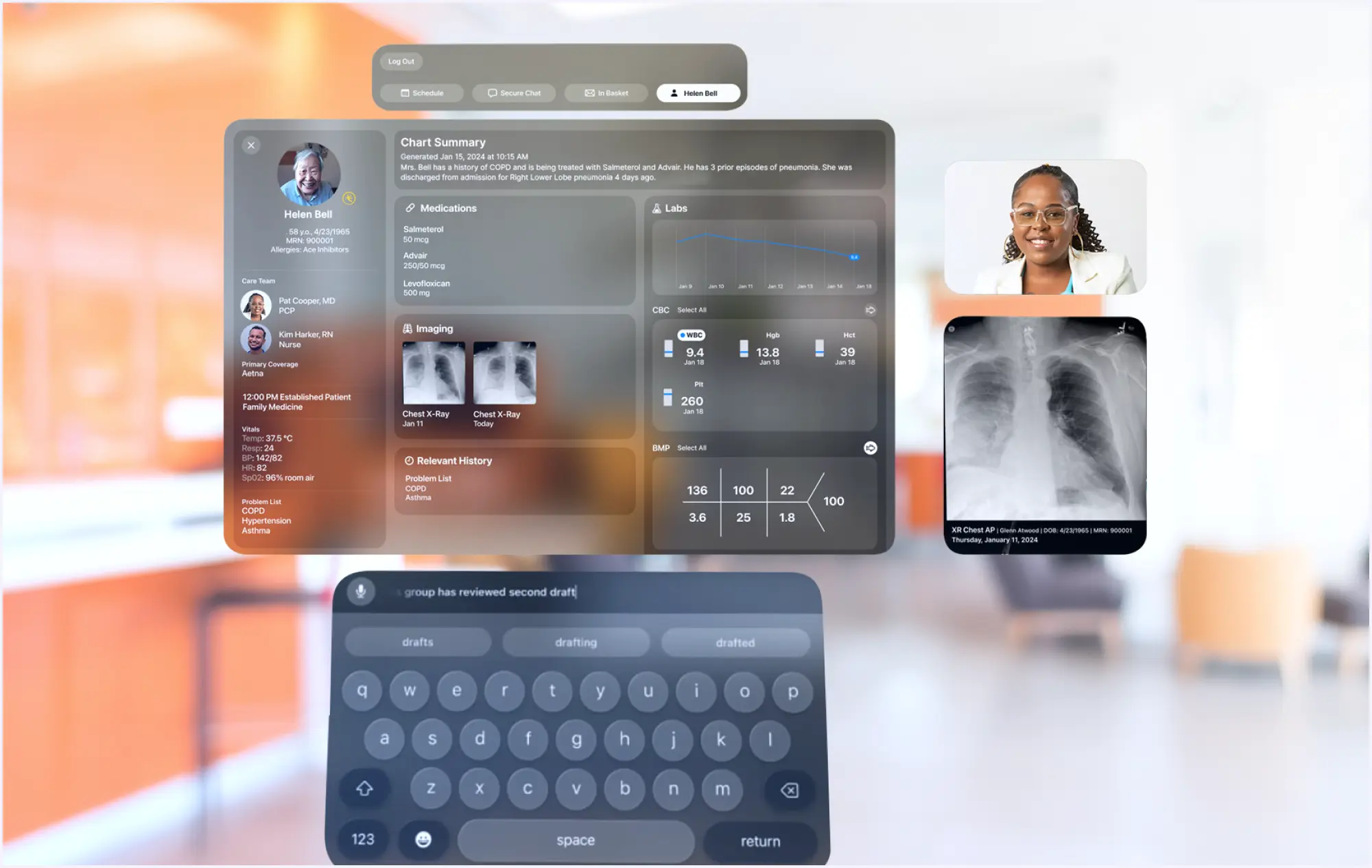 Imagine if a doctor could simply enter a patient's name or insurance number and see the full amount of information about them. With a wave of the hand, they can close unnecessary widgets and continue to examine the patient, while having the keyboard always at hand to enter new data. No more piles of papers and folders to get what you need.
Imagine if a doctor could simply enter a patient's name or insurance number and see the full amount of information about them. With a wave of the hand, they can close unnecessary widgets and continue to examine the patient, while having the keyboard always at hand to enter new data. No more piles of papers and folders to get what you need. - Health Information Exchange Apps: In the complex world of healthcare, communication and collaboration are key. Health Information Exchange (HIE) apps play a vital role in enabling secure sharing of patient health information between different healthcare providers and organizations. By seamlessly connecting various healthcare systems, these apps enhance the care continuum and reduce duplication of services. Imagine a world where your primary care physician, specialist, and pharmacist can easily access and share your medical information, ensuring that everyone is on the same page when it comes to your health.
These are just a few examples of the types of healthcare apps available through Vision Pro. Whether you're seeking convenient access to medical care, streamlined record-keeping, or improved communication between healthcare providers, there's an app designed to meet your specific needs.
Must-Have Features and Next-Gen Technologies in Healthcare Apps for Vision Pro
Building high-quality visionOS healthcare apps involves incorporating essential features and leveraging next-generation technologies. Some must-have features include:
- Real-Time Patient Monitoring: Healthcare apps for Vision Pro should offer real-time monitoring of patients' vital signs, enabling healthcare providers to track patients' health status continuously.
- Augmented Reality (AR) Telemedicine: Integrating AR capabilities allows for immersive telemedicine consultations, where doctors can overlay medical information onto the patient's environment, enhancing communication and understanding.
- AI-Powered Diagnosis: Incorporating artificial intelligence algorithms enables quick and accurate diagnosis based on medical images or symptoms, supporting healthcare professionals in making informed decisions.
- Wearable Biometric Sensors: Integration with wearable biometric sensors allows for seamless data collection and monitoring of patients' health metrics, providing valuable insights into their well-being.
- Virtual Reality (VR) Therapy: VR therapy features provide immersive experiences for pain management, rehabilitation, and mental health support, enhancing patient outcomes and engagement.
- Secure Data Sharing: Implementing robust security measures ensures the safe and encrypted sharing of sensitive patient data between healthcare providers and patients, maintaining confidentiality and compliance with privacy regulations.
- Remote Surgery Assistance: Next-gen technologies such as augmented reality overlays and haptic feedback systems enable remote surgical assistance, allowing expert surgeons to guide procedures from a distance.
- Personalized Treatment Plans: Tailoring treatment plans based on individual patient data and preferences enhances patient-centered care, improving treatment outcomes and patient satisfaction.
- Gamification for Health: Incorporating gamification elements into healthcare apps encourages patient engagement and adherence to treatment plans, making healthcare experiences more enjoyable and motivating.
- Blockchain Integration: Leveraging blockchain technology ensures the integrity and traceability of medical records, enabling secure and transparent transactions within the healthcare ecosystem.
The health tech market size reached $200 billion in 2022, with projected growth of $1069.13 billion by 2032. According to this forecast, the CAGR will grow 18.30% from 2023 to 2032.
Next-generation technologies like artificial intelligence (AI), machine learning (ML), and Internet of Things (IoT) can further enhance healthcare apps for Vision Pro. These technologies can enable predictive analytics, personalized healthcare recommendations, remote patient monitoring, and more.
Healthcare App Development for Vision Pro (VisionOS): Steps and Stages
Developing healthcare apps for Vision Pro involves several steps and stages to ensure a successful outcome. The following is a step-by-step guide:
- Identify the Healthcare App's Purpose and Objectives: Define the app's goals, target audience, and desired functionalities.
For example, you want to develop a telemedicine app for Healthcare Providers, Patients, and Caregivers.
Then we can assume that the desired features will be as follows:
- Secure Messaging
- Appointment Scheduling
- Electronic Health Records (EHR) Access
- Medication Management
- Telemedicine Consultations
- Health Monitoring
- Care Coordination
- Health Education
- Plan the Development Process: Create a detailed development plan, including timelines, resources, and milestones.
Software development companies are the best to help with this task, and it will be quite quick to implement if you have completed step 1 in advance. However, choose a company that has already had experience in developing visionOS applications.
- Design User Interface and Experience: Design an intuitive and visually appealing interface, prioritizing user experience.
It's great if you already have examples of this design. Even better, if the design team is part of the software development company, then no important detail of your project will be lost.
- Develop the App: Implement the app's functionalities, ensuring seamless integration and optimal performance.
Based on our experience in developing applications for Vision Pro at Jetbase, we can say that a basic healthcare app with user login, dashboards, and notifications should take about 1-2 months to complete. A more complex mobile application will take longer because the amount of work involved is greater.
- Test and Quality Assurance: Conduct rigorous testing to identify and resolve any bugs or issues, ensuring a flawless user experience.
At this stage, the developer makes sure that everything works flawlessly, so you should not skip this step.
- Deploy and Release: Prepare the app for deployment, considering factors like security, scalability, and compatibility.
Apple has its own strict rules for apps, so make sure the developer is aware of them.
- Maintain and Update: Continuously monitor and maintain the app, releasing updates and improvements based on user feedback and evolving needs.
Health App for Vision Pro Development Costs
Estimating the development costs of a healthcare app for Vision Pro depends on various factors, such as the app's complexity, features, and development time required. It is crucial to collaborate with a development partner who understands the requirements and can provide accurate cost estimates.
However, based on our experience in developing visionOS applications, we can assure you that the price starts at $10.000 and more.
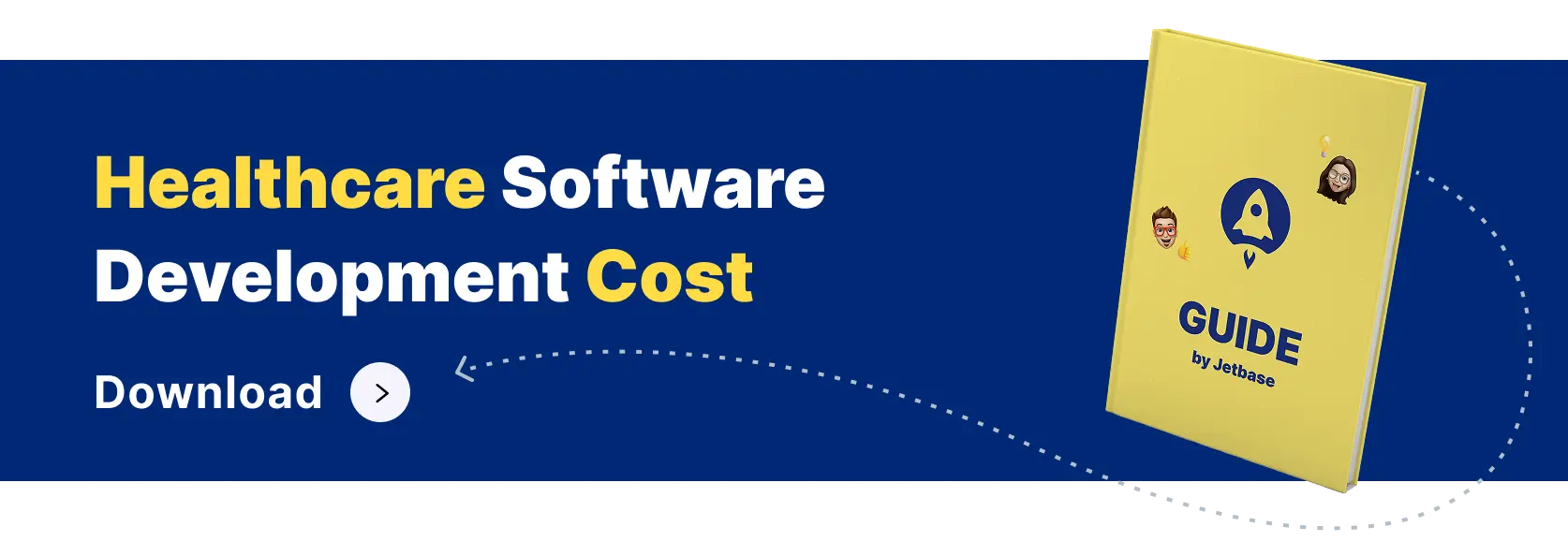
Choosing the Right Development Partner
We at JetBase are among the first in the world to develop applications for Vision Pro! We did this back in 2023. Contact us to develop with those who can! Our experience is your success.
We also have impressive expertise in the field of healthcare software development, and our cases prove it once again. Another important advantage of Jetbase is that we offer a free technical audit within 5 working days with the participation of our CTO.
By embracing innovative technologies, incorporating essential features, and following a comprehensive step-by-step guide, healthcare organizations can create powerful apps that enhance patient care, improve efficiency, and deliver exceptional healthcare experiences in the Vision Pro ecosystem.

